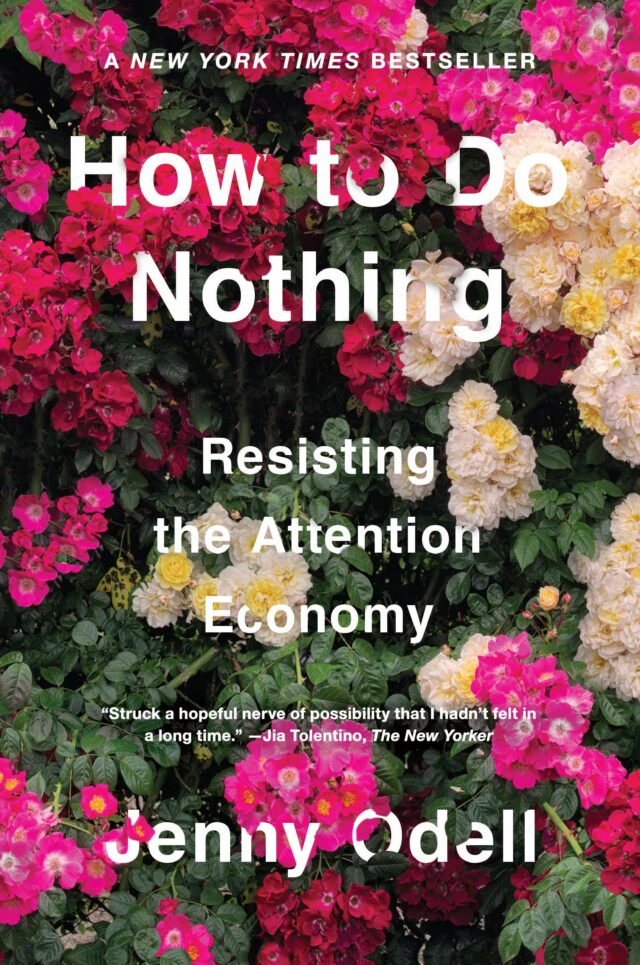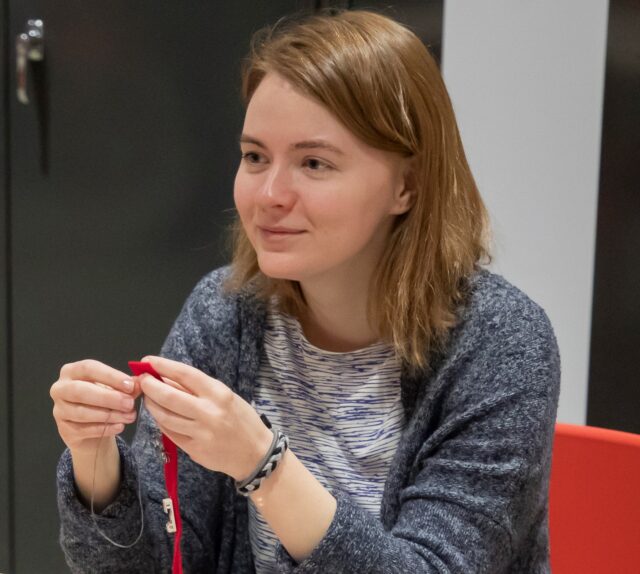DEL: Lee Jones
“In participatory practices nothing about us without us is one of the most important ideas to keep front and centre. What this means is listening to what folks need and getting their direct input rather than making assumptions about what their needs are.”
DEL Resident Lee Jones is a PhD student at the at Creative Interactions Lab at Carleton University. In her research, she uses participatory design and creates easy-to-use toolkits so that individuals can build prototypes and have a say in the direction their technologies go in. In her current project, she is developing a toolkit for prototyping wearable e-textiles.
Q: How has the pandemic changed, influenced, or impacted your approach to artmaking? What will be different for you going forward?
A: I have a participatory art practice and before the pandemic most of my work involved preparing and facilitating workshops with groups of individuals where they could creatively explore and make their own technologies. Since the pandemic, I’ve tried to do some of these workshops through online video platforms, but there are pros and cons to this. In some ways you can be more inclusive and bring in folks who might not have been able to travel to workshops before the pandemic, and I really like that part; on the other hand, individuals cannot get as much one-on-one support in video calls with large groups. Something that I’m going to try out soon: mailing tool kits to folks and doing one-on-one workshops, with group discussions afterwards.
Q: How do you fund your artistic practice? What would it take to live off your art?
A: I’m a PhD student studying creative technologies, and live off of grants and scholarships. This means that my income depends on whether my applications get accepted or not. Luckily I work in a research area that lots of people are interested in trying out—electronic textiles—so I have been able to supplement my income with teaching.
“If I didn’t have to worry (as much) about making money I would be able to focus more. I notice my work improves dramatically when I’m really focusing deeply on one thing at a time. But due to my income sources being scattered, it means that my time and my thoughts are spread in many directions.”

Lee recommends:
Jenny Odell, How to Do Nothing: Resisting the Attention Economy (2019)
Jenny Odell, How to Do Nothing: Resisting the Attention Economy (2019)
Q: How would your approach to artmaking change if you didn’t have to worry (as much) about making money?
A: I would be able to focus more. I notice my work improves dramatically when I’m really focusing deeply on one thing at a time. But due to my income sources being scattered, it means that my time and my thoughts are spread in many directions. That’s actually been something that really came into focus at the beginning of the pandemic. Though I love running workshops, during those first few months many of them were cancelled. That enforced break gave me time to explore new tools and opportunities, and I think my future workshops will be much better as a result.
Q: What tools, techniques, or resources have helped you do more with less?
A: A lot of what I focus on is showing individuals how they can build technology with simple craft supplies or household items. For example, in e-textiles we use a lot of common sewing tools to make electronic circuits. Everyday items people get really excited about include things like metal zippers, buttons, jewelry clasps, safety pins, aluminum foil, and pipe cleaners. The more everyday and common an item is the better.
Q: What’s one thing that would make artmaking more accessible, equitable, and successful for Black, Indigenous, and other working artists of colour?
A: In participatory practices nothing about us without us is one of the most important ideas to keep front and centre. What this means is listening to what folks need and getting their direct input rather than making assumptions about what their needs are.
DEL
Digital Economies ReaderExplore more of "DEL:"
→ HOLO.mg/stream/
→ HOLO.mg/digital-economies-reader/
